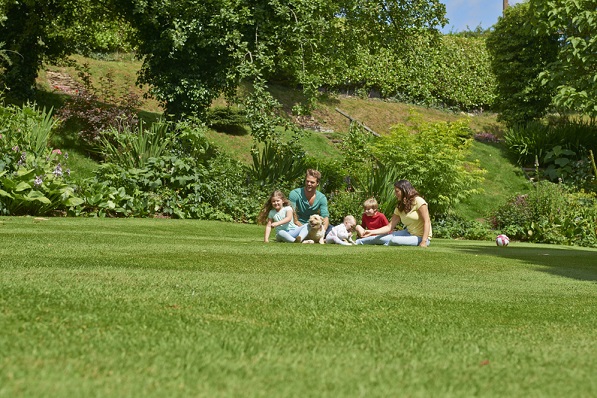Great lawns are pollen filters – not pollen makers
Did you know that out of the world's more than 10,000 grass species, the grass weed annual meadowgrass (Poa annua) is the only one that can produce pollen in a lawn that is regularly being cut.
By nurturing the lawn optimally and using high quality seed with good, dense and persistant grass varieties, you will inhibit the annual meadowgrass and minimize the number of plants in the lawn that send allergy-causing pollen into the air.
Consider what happens, when airborne pollen lands on a well-maintained lawn. The lawn is composed of millions of long, slim leaves and the pollen grains fall down between these leaves. When it rains or when the lawn is sprinkled, the pollen grains are flushed down to the ground level, where they are trapped and remains. An average sized lawn at an ordinary house will trap and remove hundreds of millions of grains of pollen each season. In other words, don’t blame our beautiful turf grass for you getting red eyes and running nose, blame the grass weed!

